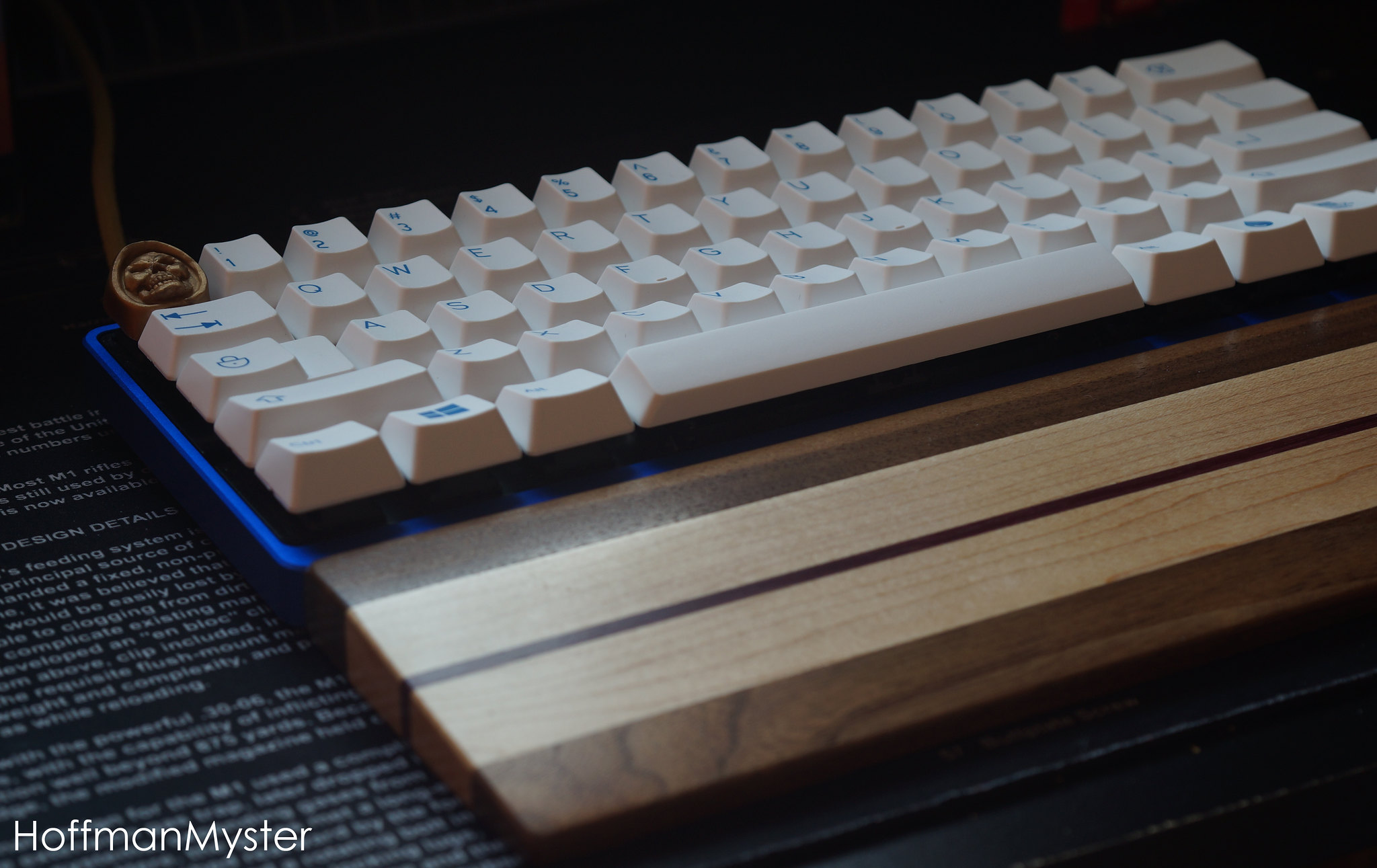I used just light from my PC monitor in a pitch black room
This is still my preferred method and how most of my favourite personal shots were taken. 
any tips on ISO and shutter speed values? i'm a noob so feel free to give further advices.
ISO as low as you can. Higher ISO = more grainy pictures. Different camera have different noise level performances. The Canon Rebel I'm using right now is decent up to around 800. The A6000 I have is decent up to around 3200, or 2 full stops better.
Shutter speed at least 1/60 if you're doing hand held shooting. With a tripod, just about any shutter speed will work. One tip is to do the 2 or 10 second timer so the camera isn't shaken when pressing the shutter on a really long exposure.
If I'm shooting hand held, I set shutter speed to at least 1/60 first, aperture is wide as it gets (for the most part) and adjust ISO last to get a decent light level. If shooting tripod, ISO 100, aperture closed or open (depending on what I'm doing) and adjust the shutter speed last to get a decent light level.
This.
In general, the three things that affect the exposure of a shot are ISO, aperture, and shutter speed. ISO and aperture affect the way the picture looks (graininess and depth of field, respectively), whereas (when shooting stationary objects) there is no difference between shutter speeds if the exposure turns out the same (AFAIK - happy to be corrected).
What that means for my shooting technique is I will set ISO and aperture to set spots depending on what I'm doing, and set shutter speed dependent on that (I relate this to degrees of freedom - set two, let the situation designate the third). I use ISO as a step-change function for light levels. Can't get enough light with ISO 100? Bump it up to 200 and try again. This is clunky, and with experience I've learned what to expect to be able to use for given situations. Aperture I set to whatever I'm looking for, and how shallow a depth of field I want. This depends entirely on what shot you're going for.
If I'm feeling like doing less work, I'll put my camera in Aperture Priority mode, which sets shutter speed automatically, and gives you control of aperture. This essentially "auto fills" the shutter speed that will give roughly a "properly" exposed image, making life easier. Otherwise, you would just pick the shutter speed for the exposure you want.
And as The_Beast mentioned, the rule of thumb is shutter speed no quicker than 1/60 for hand-held shots. With a steady hand you can manage 1/30, but it's more sketchy.
In the specific case that I quoted and mentioned above, shutting off all the lights and using monitor lights gives me a really nice shade of white that I like (my room lights are yellowy). It also forces an indirect light, rather than a flash or other spotlight (indirect flashes in non-dark rooms are also good, just not what I'm referring to

). So in this dark room, I can manage exposures of about 10 seconds or so, which give the effect I like. It's not bright and "properly" exposed, like a product shot would be, it's more subdued and just seems more natural to me. I really like that.
Here is one such shot:
 Poker II
Poker II by
HoffmanMyster, on Flickr
If you click to the image on flickr, you can see the EXIF data. This one was a 4 second exposure.
Hope that helps at all, and if you have any other questions, I'm sure someone here would be happy to help!